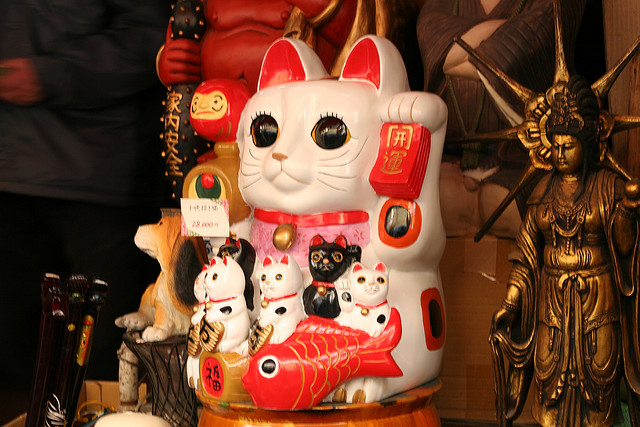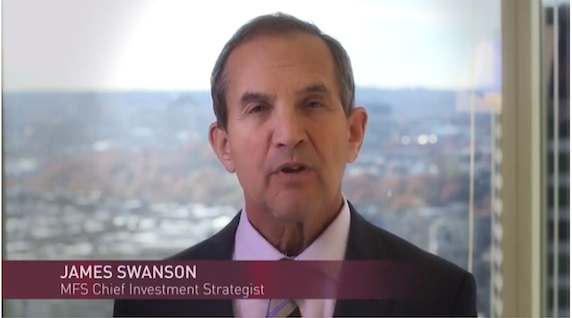Japan’s Attractions
| For Fórmate a Fondo | 0 Comentarios

A decade ago when I was on a flight from Tokyo to Beijing, I noticed Chinese tourists lugging home Japanese rice cookers. Four years ago, I encountered groups of Chinese tourists enjoying themselves at hot springs outside of Tokyo. Last month in Ginza, a Chinese-speaking salesperson didn’t miss the opportunity to remind me to pay with China’s UnionPay, a popular payment card, to purchase duty free items while busy helping to wrap gifts for tourists. As a testament to my own experience, from the start of this year until August, Chinese tourists to Japan were up by 84% from last year, according to the Japan National Tourism Organization.
This is an exciting trend for Japan’s large and small retailers, hotels and airline companies, and was a particularly welcome buffer after Japan’s April tax hike led to a domestic consumption decline earlier this year. Media reports note tourism revenues are expected to help make up the shortfall stemming from Japan’s shrinking population. According to Japan’s Ministry of Internal Affairs and Communications, each Japanese citizen spent approximately US$10,800 (1.23 million yen) while every tourist to Japan spent about US$1,200 (137,000 yen) per trip in 2013.This means every nine tourists combined consumed as much as one Japanese in 2013. If this still holds true in 2020 when the country hopes to attract 20 million tourists, it will translate into roughly US$23.5 billion (2.7 trillion yen) or the equivalent consumption of 2.2 million residents. (Japan’s GDP in 2013 was US$4.90 trillion and just over 10 million foreign tourists visited that year.)
Before we ask whether the goal of attracting 20 million tourists is even achievable, I cannot help but wonder why tourists are so attracted to Japan. One factor that has helped boost tourism is the easing of travel visa requirements. Rising disposable incomes have also been a factor.
Also, some products in Japan tend to be cheaper than in other countries that may have higher taxes and quality of service is famously high. In fact, many people visiting Japan from elsewhere in the region have been quite surprised to find such things as sales staff willing to kneel down on the floor while helping shoe shoppers. Japan’s “elevator ladies” who bow as patrons exit or enter may also be surprising. Even gas station attendants will stop traffic in the street to do traffic control for customers.
This is all quite promising for tourism, but is Japan’s increase in visitors—especially Chinese tourists—truly sustainable? In the 1990s, there was a boom in China as visitors flocked to what was nicknamed, “Xin Ma Tai” for Singapore, Malaysia and Thailand. Back then, many Chinese were able to afford overseas travel only for the first time. Today, “Xin Ma Tai” is just one of the many options available, and these overseas destinations are sometimes even cheaper than domestic travel. In July, 342,600 Chinese tourists visited Thailand, 25% less than the same month last year. Meanwhile 281,200 Chinese visited Japan, 101% increase over last year. This year, South Korea beat both Thailand and Japan, becoming a more popular destination for Chinese tourists than either of those countries. The good news is that Asia’s tourism market is growing fast, but the bigger challenge is whether Japan can hold on to the current momentum until 2020.
Opinion column by Jia Zhu, Research Analyst at Matthews Asia.
The views and information discussed represent opinion and an assessment of market conditions at a specific point in time that are subject to change. It should not be relied upon as a recommendation to buy and sell particular securities or markets in general. The subject matter contained herein has been derived from several sources believed to be reliable and accurate at the time of compilation. Matthews International Capital Management, LLC does not accept any liability for losses either direct or consequential caused by the use of this information. Investing in international and emerging markets may involve additional risks, such as social and political instability, market illiquidity, exchange-rate fluctuations, a high level of volatility and limited regulation. In addition, single-country funds may be subject to a higher degree of market risk than diversified funds because of concentration in a specific geographic location. Investing in small- and mid-size companies is more risky than investing in large companies, as they may be more volatile and less liquid than large companies. This document has not been reviewed or approved by any regulatory body.









